Tusheti National Park: Where Old Culture Meets Wild Mountains
Welcome to Tusheti National Park, a stunningly beautiful and remote area in the Greater Caucasus mountains of northeastern Georgia. Tusheti is more than just a national park; it’s a one-of-a-kind place where beautiful mountain scenery meets ancient customs and well-preserved stone villages. This is the magic of Tusheti: imagine dramatic peaks, deep river valleys, huge alpine meadows full of flowers, and groups of stone towers that are hundreds of years old.
The main goal of the protected area, which includes the National Park, a Strict Reserve, and a Protected Landscape, is to protect Tusheti’s unique nature and rich cultural heritage. This means keeping safe its wide range of animals, such as the rare East Caucasian Tur and Bezoar Goat that live on the rocky slopes, the big birds of prey that fly above, and the pretty pine forests and alpine flowers. Also important is helping the Tushetian people keep their traditional way of life. They are known for their unique architecture, such as the famous stone defense towers called koshkebi, their history as skilled sheep farmers, and their unique customs and festivals.
It takes a lot of planning to get to Tusheti, which is an adventure in itself. Because of the heavy snow, the area is cut off from the rest of the world for most of the year. The Abano Pass, which is one of the highest drivable mountain passes in Europe (about 2,900 meters), is the only way to get there by car. This difficult, unpaved road is only open from late May or June to mid-October. It is risky and needs a 4WD vehicle with a lot of clearance and a driver who knows what they’re doing. There isn’t any regular public transportation, so visitors have to hire special 4WD taxis or go on organized tours. This hard-to-reach area has helped keep Tusheti in great shape, but it means that people can only go there for a few months each year.
Visitors can explore this amazing landscape mostly by hiking and horseback riding once they get to Tusheti (usually the main village, Omalo). There are marked trails that connect beautiful villages like Dartlo, Shenako, and Diklo, each with its own charm and stone towers. Hiking here takes you through forests, across meadows, and over mountain passes, and at every turn you get amazing views. The best way to experience Tushetian hospitality and traditional food is to stay in family-run guesthouses.
Tusheti is on the Tentative List for UNESCO World Heritage status because it has a unique mix of nature and culture. A trip here is like going back in time, and adventurous travelers who respect its wildness and traditions will have deep experiences. For a safe and enjoyable trip, you need to plan ahead, respect nature and local customs, and be aware of the conditions in the remote mountains.
Basic Identification
Official Name:
Tusheti National Park (თუშეთის ეროვნული პარკი). It is one of the Tusheti Protected Areas, which also includes the Tusheti State Reserve and the Tusheti Protected Landscape.
Type of Protected Area:
This is a National Park (IUCN Category II). Manages the area to protect it, promote sustainable tourism, and support traditional cultural practices.
Established:
2003 (Tusheti Protected Areas).
Managing Body:
The Agency of Protected Areas (APA) of Georgia is in charge.
Where it is and how to get there
Location:
Georgia, Kakheti Region (part of Akhmeta Municipality, which used to be called the Tusheti region). In the high mountains of the Greater Caucasus, next to Dagestan and Chechnya (Russian Federation).
Map/Coordinates:
A big, faraway mountain range. The coordinates for Omalo village are about 42°22′ N, 45°38′ E. You can get detailed maps from the APA or visitor centers, and they are very important for finding your way around.
Closest Cities/Towns:
The closest cities and towns are Kvemo Alvani and Pshaveli in the Kakheti lowlands. Tusheti’s main administrative center is Omalo. In Kakheti, Telavi is the closest big city.
How to Get There:
Very few and seasonal ways to get there: Road: The only way to get there is through the Abano Pass (~2900m) from Pshaveli/Kvemo Alvani. This road isn’t paved, is very dangerous, and needs 4WD vehicles with high clearance and experienced local drivers. It is only open from late May or June to mid-October, but the exact dates change every year because of snow. The trip lasts between 5 and 7 hours. This trip can’t be made by regular cars. Transportation: There are no public buses. Visitors must either hire 4WD vehicles with drivers (usually in Kvemo Alvani) or go on tours that have already been set up. Other: Helicopter flights may be available from time to time, but they are not regular public transportation. The closest airport is Tbilisi International Airport (TBS).
Size and Description of the Body
Size:
Tusheti National Park is 83,007 hectares (830 km²) big. Tusheti Protected Areas cover a total of 113,660 ha.
Topography:
High mountains with steep slopes, deep gorges carved by the Pirikiti Alazani and Tusheti (Gomtsari) Alazani rivers, high mountain passes, vast alpine meadows, and rocky peaks. The height of the land varies from about 900 meters to more than 4,500 meters.
Geology and Key Features:
The Greater Caucasus range’s geology (mostly shale and sandstone) made this place. There are landforms left over from glaciers. The dramatic mountain views, river valleys, alpine ecosystems, and famous medieval stone towers in the villages are some of the most important things about this area.
Hydrology:
This area is known for its two main rivers, the Pirikiti Alazani and the Tusheti/Gomtsari Alazani, as well as their many smaller rivers. There are a lot of springs and streams in the high mountains. There are small lakes in the Alps. The highest peaks have glaciers on them.
Climate:
The weather is very bad in the high mountains. The region is hard to get to in the winter because it is very cold and snowy from October to May/June. The summers are short and cool, and it can rain, fog, strong winds, and even snow in the summer at high altitudes. The weather is very hard to predict.
Goal and Importance
Reason for Designation:
To protect Tusheti’s unique high-mountain ecosystems and biodiversity, keep the beautiful landscapes, and keep the region’s unique traditional culture and architecture in harmony with nature. To help local communities and promote ecotourism that is good for the environment.
Key Values:
A great mix of stunning natural beauty and living, well-preserved traditional culture. There is a lot of biodiversity, with many rare and native species, especially wild ungulates and raptors. Stone towers make for unique architecture. Important for research, education, and tourism that is good for the environment.
Recognition around the world:
- Tentative List of UNESCO World Heritage Sites (as a Mixed Cultural and Natural Site).
- Important Bird Area (IBA).
- Emerald Network Site.
Flora and fauna biodiversity
Ecosystems/Habitats:
Pine forests on lower slopes, birch forests, subalpine rhododendron thickets, large subalpine and alpine meadows, scree slopes, cliffs, and river valleys.
Main plant species:
Scots Pine (Pinus sosnowskyi) and Birch species. Caucasian Rhododendron is the most common plant in the subalpine zone. Alpine meadows are home to many different types of wildflowers, such as gentians, primulas, poppies, and bellflowers. The Caucasus is home to many plants that are only found there.
Important Animal Types:
Mammals: The East Caucasian Tur (Dagestan Tur) and the Bezoar Goat (Wild Goat) are the most important species. Also, the Chamois, Brown Bear, Wolf, Eurasian Lynx, Red Fox, Pine Marten, and Stoat. There could be Roe Deer at the lower edges. There are still reports of Caucasian leopards, but they haven’t been confirmed in a while. Birds: This is a great place for raptors like the Bearded Vulture (Lammergeier), the Griffon Vulture, and the Golden Eagle. The Caucasian Snowcock and the Caucasian Black Grouse are two birds that are good at living at high altitudes. Also, the Great Rosefinch and Güldenstädt’s Redstart.
Endangered/Rare Species:
East Caucasian Tur (Near Threatened) and Bezoar Goat (Vulnerable) are both endangered or rare species. The Brown Bear, Lynx, Bearded Vulture, and Golden Eagle are all protected by law or are at risk of extinction. The Caucasian Leopard (if it still exists) is in great danger of going extinct.
Information for Visitors
Visitor Center(s):
The main visitor center is in Upper Omalo, which is open from about June to October. Kvemo Alvani, which is at the start of the road, also has an information center. Services: Give out maps, information about trails and guesthouses, help with registration and permits, information about guides and horses, and exhibits about Tusheti’s culture and nature. Get in touch through the APA website.
Hours and Seasons:
The park is only open from late May/June to mid-October, and you can only get there by the Abano Pass road. This time of year, visitor centers are open. You can only use the trails during this time when there is no snow.
Fees and permits:
Most of the time, you don’t have to pay to get into the National Park area. It is strongly suggested or required that you register at a visitor center. You have to pay to use certain campsites or services. If you want to hike in areas near the Russian border, like Girevi or Atsunta Pass, you need a permit from the Border Police. For more information, contact the APA or the visitor center.
Trails and Routes:
There are a lot of marked hiking and horse-riding trails that connect villages and valleys. The difficulty level goes from moderate to very hard because of the steep terrain and high altitude. Some of the most popular routes are the Omalo-Dartlo-Parsma-Girevi, Omalo-Shenako-Diklo, and Omalo loop that goes to Oreti Lake.
Activities:
Horseback riding is a traditional and useful way to see the area. You can rent horses and guides from local businesses (ask at the visitor center or guesthouses). The main activities are hiking and horseback riding. Cultural tourism (visiting villages and towers), taking pictures of landscapes and nature, birdwatching, and camping (in designated areas).
Place to stay:
In the park, there are mostly family-run guesthouses in villages like Omalo, Dartlo, Shenako, Diklo, Jvarboseli, and others. Provide simple but real food and lodging. It’s very important to book ahead of time, especially in July and August. There are also basic campsites that are set aside. Unlike in Borjomi-Kharagauli, there are no official park-run shelters here. Nearby: Not applicable because it is in a remote area. You need a place to stay in Telavi or Kvemo Alvani before or after the trip over the pass.
Facilities:
Visitor centers (open seasonally), marked trails, guesthouses (private), and basic campsites are all available. There aren’t many stores (Omalo, Dartlo) that sell basic needs. Generators or solar panels often provide electricity, but it may not always be available. There is very little mobile phone coverage, and it is mostly only available in Omalo. There are mostly toilets at guesthouses and visitor centers. There is a lot of water from springs and streams, but it is best to treat it first (by filtering or boiling it).
Advice on Safety:
Abano Pass: Only drive with reliable 4WD vehicles and local drivers who know what they’re doing. The road is very dangerous. Weather: Be ready for bad mountain weather that changes quickly (cold, rain, wind, fog, and even snow in the summer). Bring warm clothes and full waterproofs. Altitude: If you can, get used to it slowly. Know the signs of altitude sickness. Terrain: The trails are steep, rocky, and sometimes open. Crossing rivers can be risky, especially after it rains. Check the conditions and use bridges if they are there. Being far away and having enough supplies: Bring enough food, a full first-aid kit, and any medications you need. There are very few or no medical facilities. It’s hard and slow to save someone. Tell the visitor center or guesthouse about your plans in detail. To get around, you need a map, a compass, and a GPS. There are signs on the trails, but fog can make it impossible to see. Wildlife and Dogs: Watch out for bears. Make noise when you hike. Keep food safe. Be careful around shepherd dogs that are guarding flocks; they can be aggressive (ask locals or guides how to approach them). Guides: For your safety, to help you get around, to learn about the culture, and to help the local economy, it is highly recommended that you hire local guides. Border Permits: If you’re going to hike near the border, make sure you have the right permits.
Laws and Rules
Code of Conduct:
You must show the highest respect for the culture and traditions of the area. In villages, dress modestly. Before taking pictures of people, get their permission. Know about local sacred places (khatebi) and the rules that go with them. Some don’t let women in or have other rules. Follow the Leave No Trace rules very carefully. Follow the trails that are marked. Take out all of your trash.
Prohibitions:
No hunting is allowed. Respect private property, especially hay meadows. Don’t bother sheep or dogs that are herding them unless you have to. You might not be able to light fires; only use the areas that are allowed. Be aware of local taboos, like those about pork in some places or certain days or places. It is against the rules to go into khatebi (shrines) without permission or guidance. You probably need permission to use a drone.
Zoning:
The Tusheti Protected Areas have a Strict Reserve (no public access), a National Park (conservation and controlled tourism), and a Protected Landscape (traditional land use is allowed). People mostly go to the National Park and Protected Landscape areas.
Management and Conservation
Managing Body:
The Tusheti Protected Areas Administration (under APA) is in charge of management. Staff work in Omalo during the summer and in Kvemo Alvani all year. Rangers keep an eye on the huge area.
Conservation Efforts:
Keeping an eye on the populations of important wildlife species like the Tur, Bezoar Goat, large carnivores, and raptors. Working with communities on sustainable ways to do things like tourism and grazing. Keeping up trails and basic facilities for visitors. Control of illegal resource use and poaching. Helping projects that protect cultural heritage.
Threats/Challenges:
Finding a way to protect culture and nature while tourism grows. Managing the effects of grazing. Possible poaching or taking resources without permission. Effects of climate change on delicate alpine ecosystems and glaciers. It is hard to take care of a big, faraway area with few resources and only seasonal access. Keeping the Abano Pass road in good shape. Making sure that the local community gets the benefits of tourism.
Culture and History
A short history:
The Tushetians are a separate group of Georgians who have lived in these mountains for a long time. They are known for being tough and for their shepherding traditions. The area helped protect Georgia’s borders. Protection that is official started in 2003.
Cultural Importance:
Very high cultural value. In villages like Omalo, Dartlo, Shenako, and Keselo, you can see unique vernacular architecture with stone houses and famous defensive towers (koshkebi). Long-standing customs of transhumant sheep farming (moving sheep from one place to another). A unique local dialect, polyphonic singing, and crafts like knitting and weaving. The coexistence of pre-Christian beliefs and sacred sites (khatebi) with Orthodox Christianity. Atengenoba and other yearly festivals.
Interesting Facts and Unique Features
-
- It has a rare mix of stunning, wild high-mountain scenery and a living, well-preserved traditional mountain culture.
- Famous for its medieval stone towers that stand guard over the land.
- The dangerous Abano Pass only lets people through for a few months in the summer.
- Bochorna says it has the highest village in Europe that has been continuously inhabited.
- There are strong traditions around raising sheep, making wool, and making Tushetian Guda cheese.
* UNESCO has put this site on its Tentative List for World Heritage status as a mixed cultural and natural site.
- Great chances to see rare animals like the Bearded Vulture, Bezoar Goat, and East Caucasian Tur.


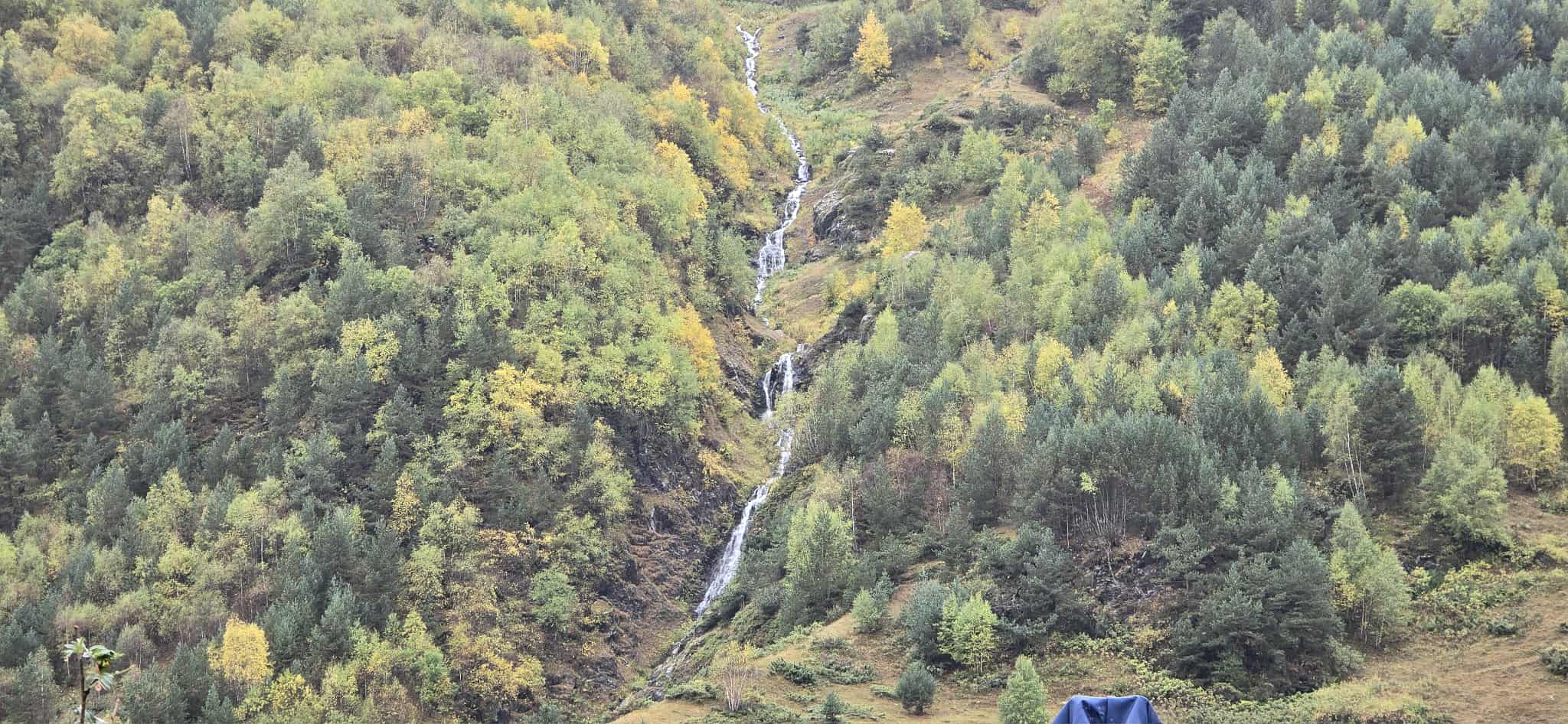
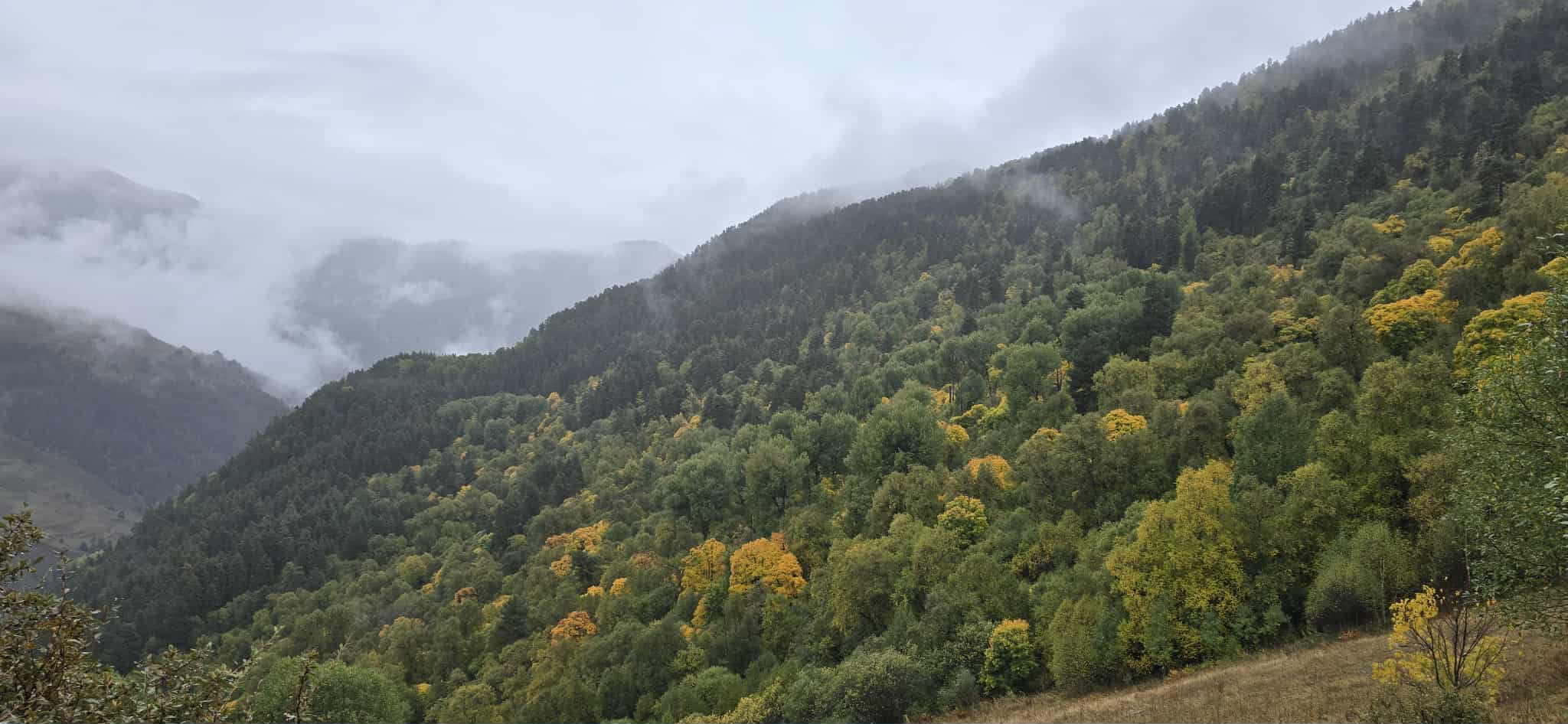
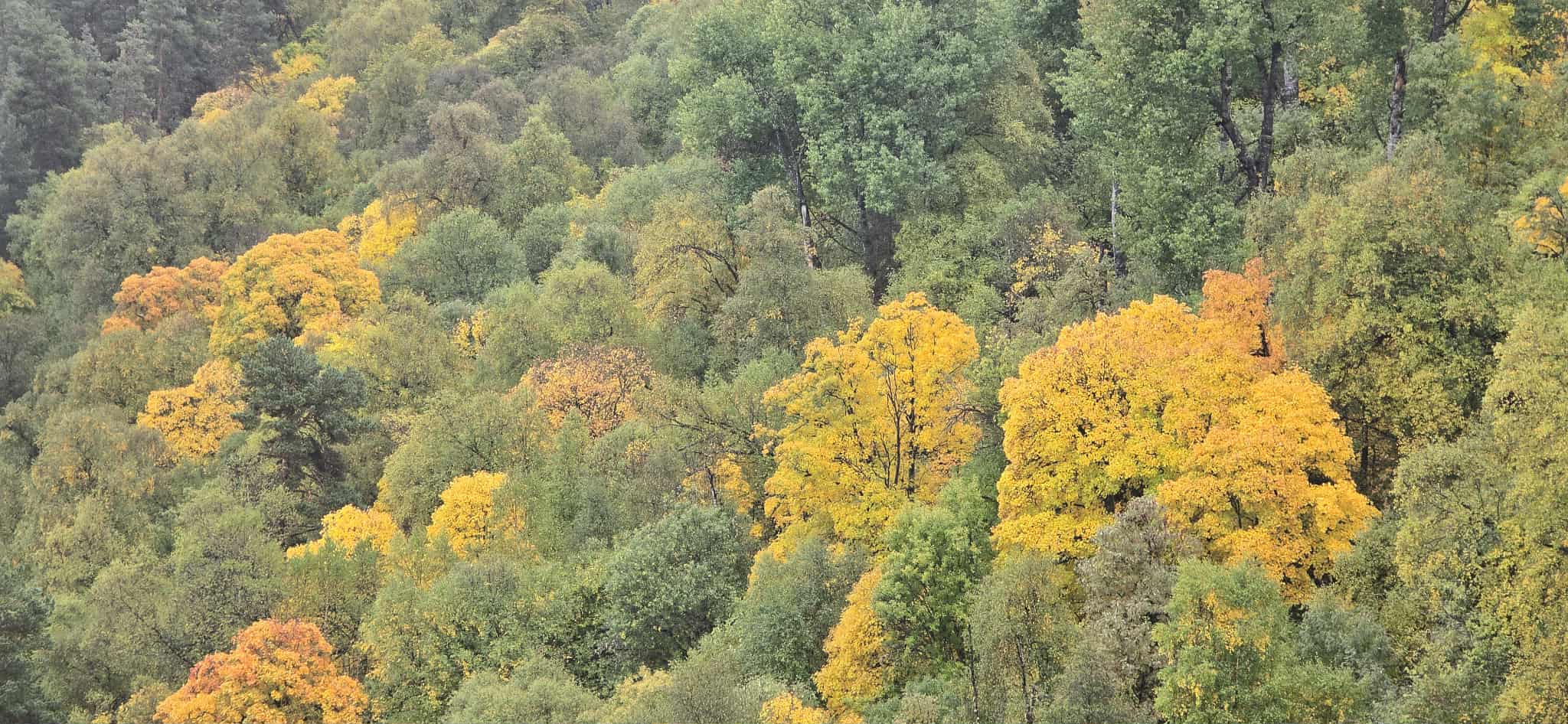
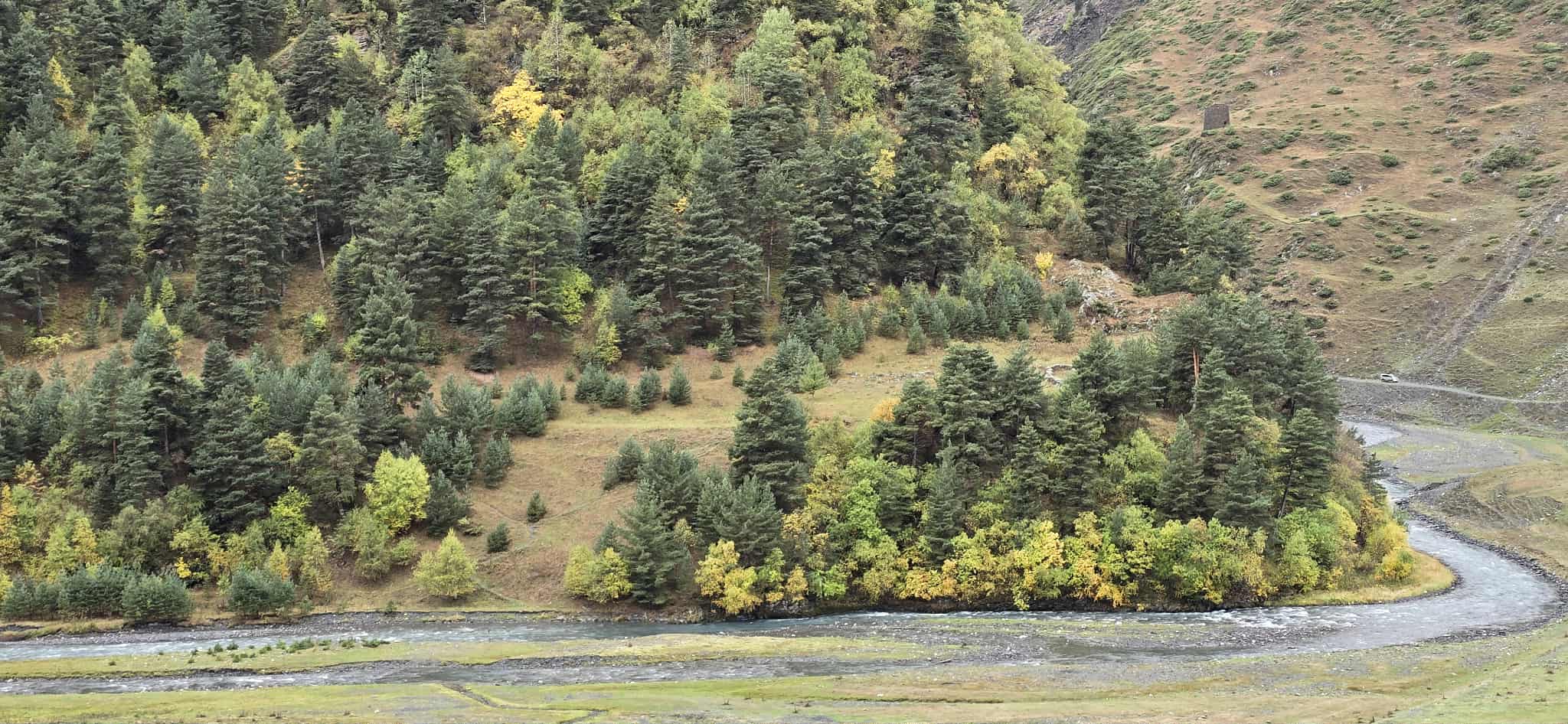
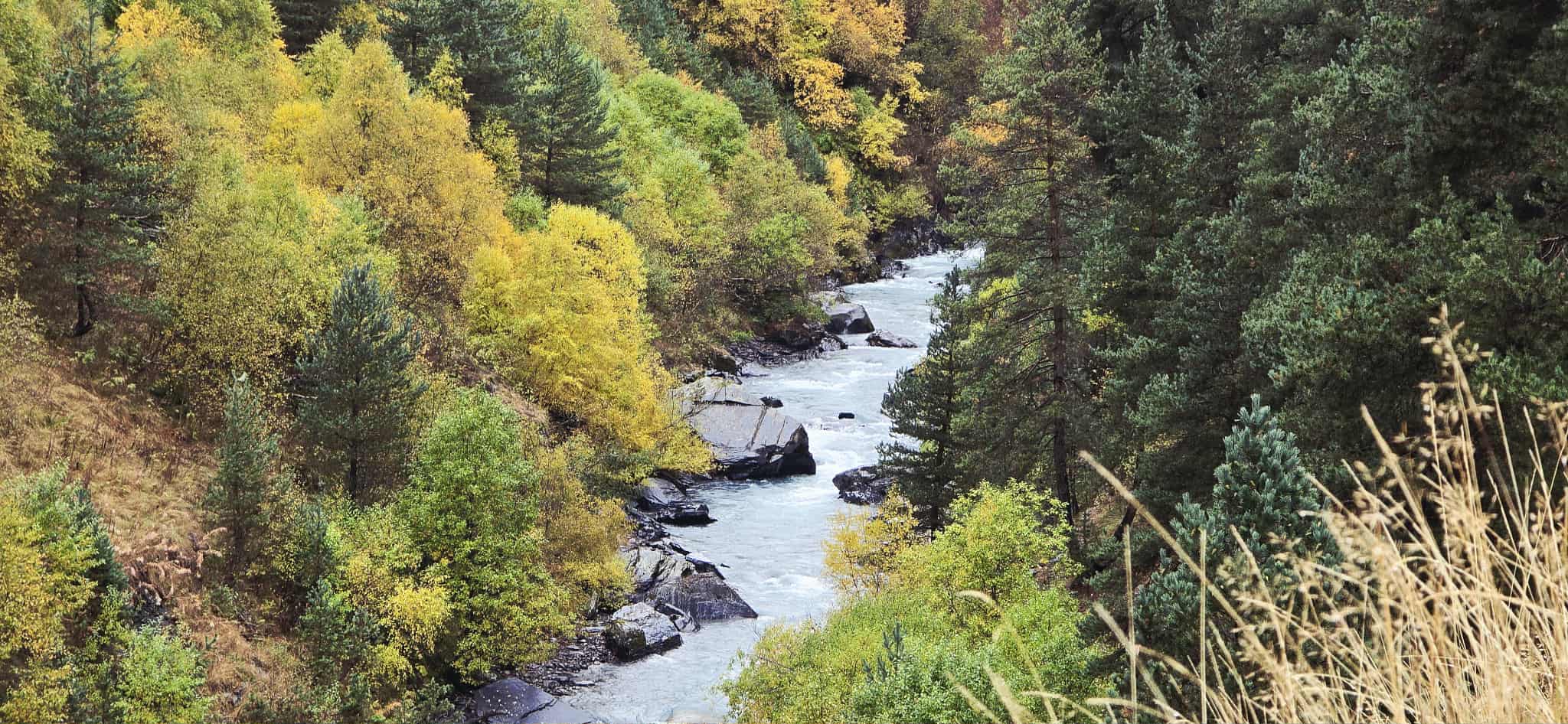
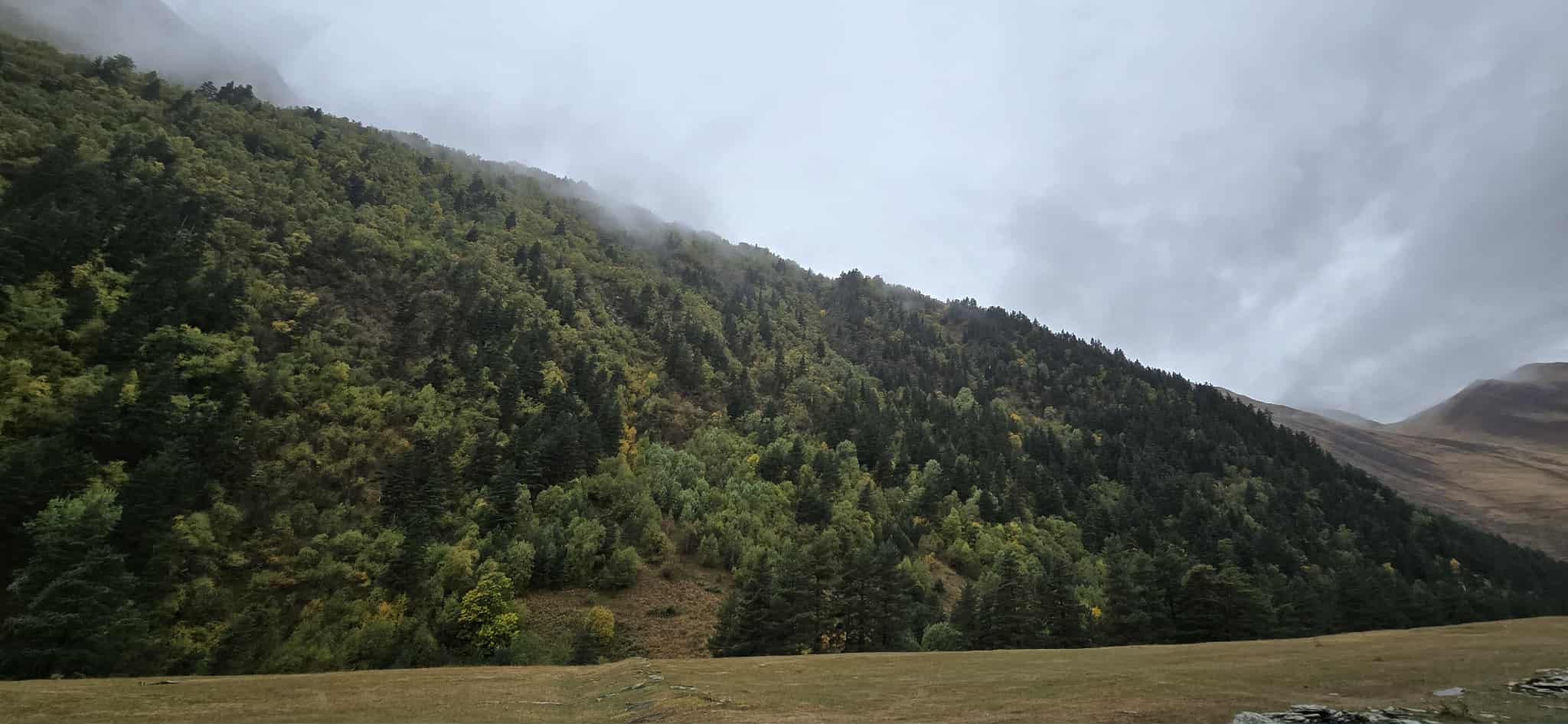
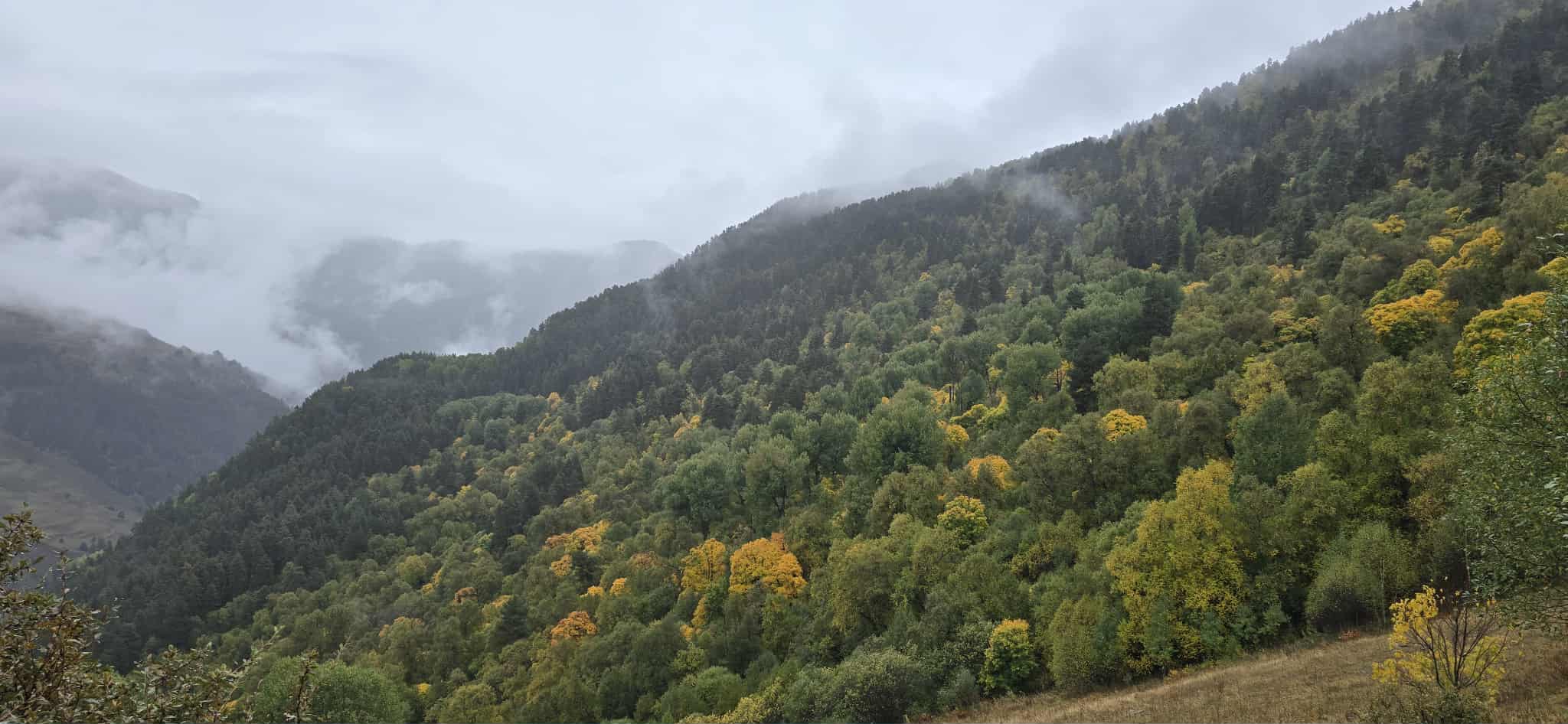
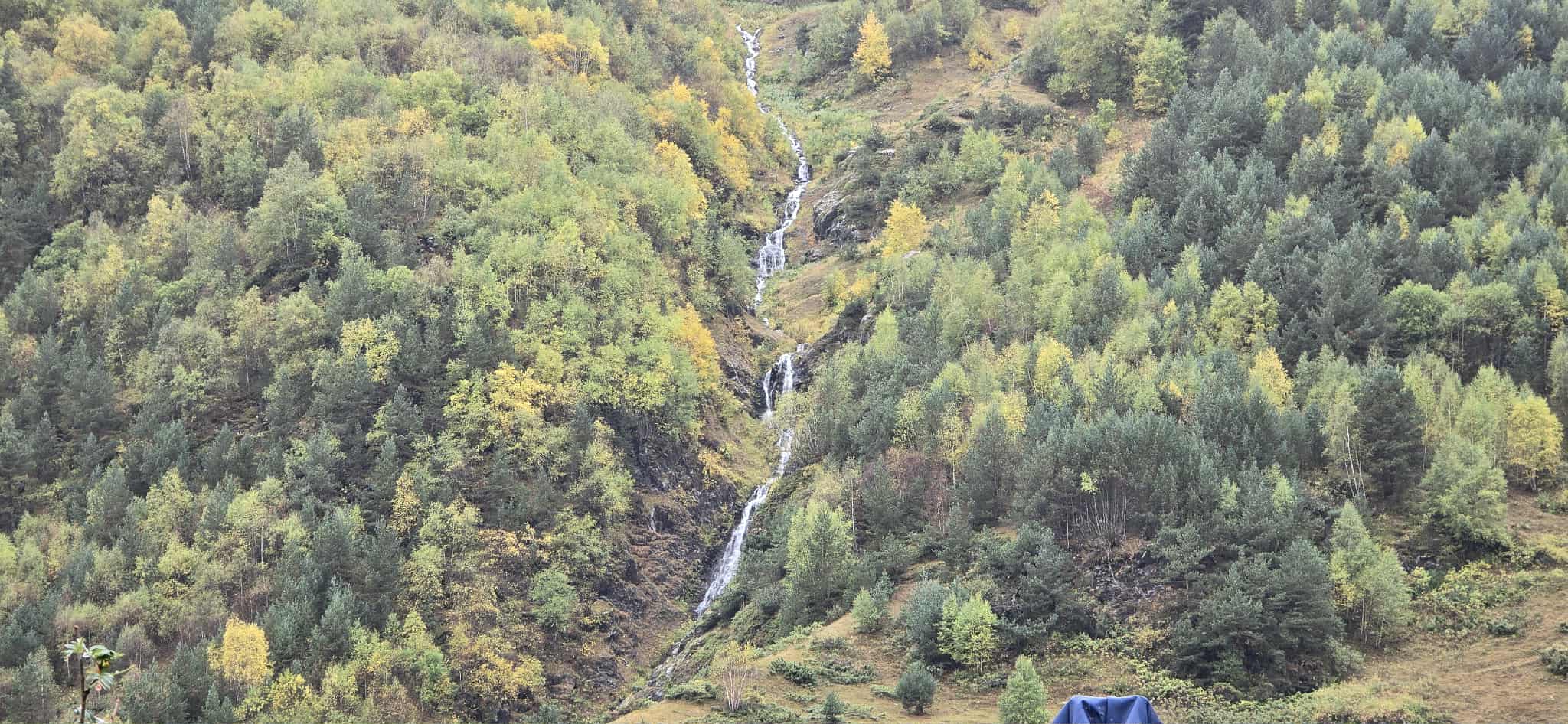
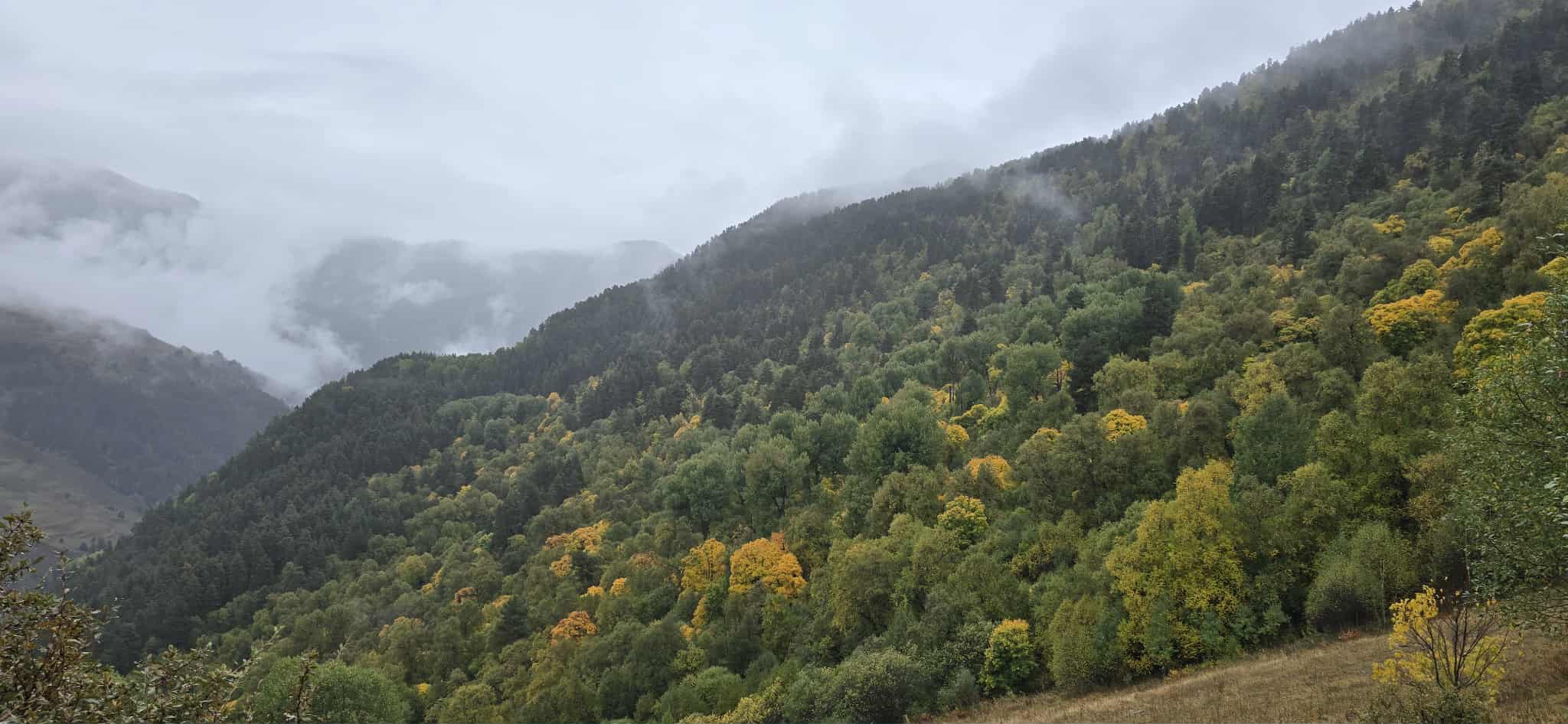
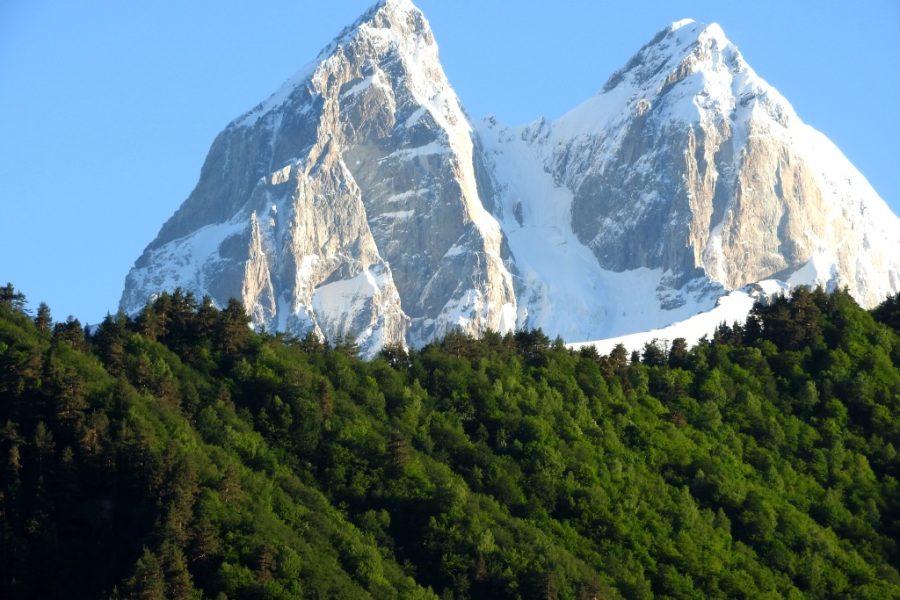
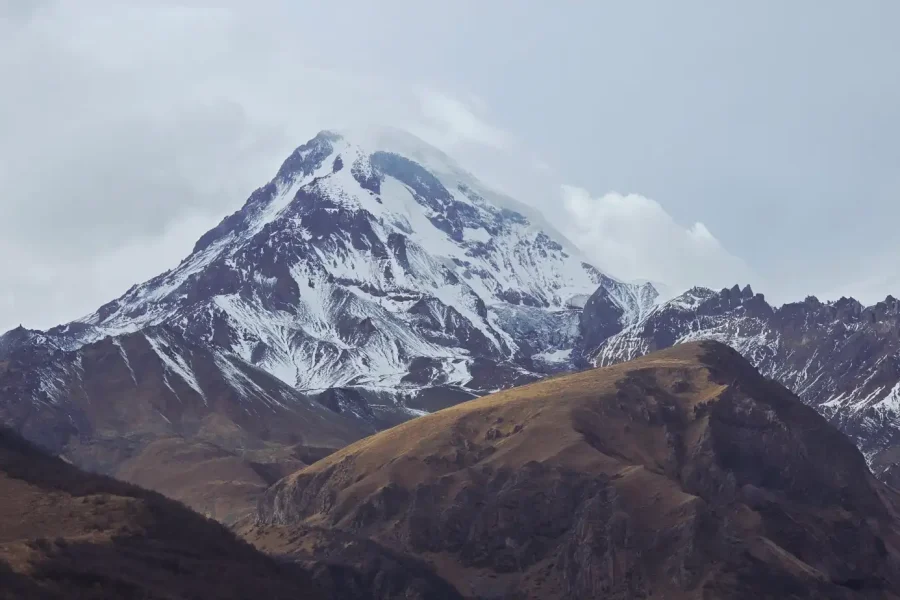
Leave a review